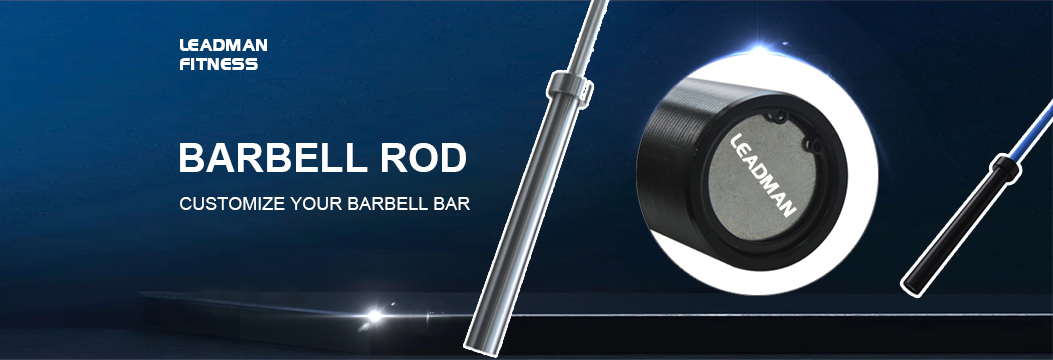Setting up a fitness business requires careful planning and execution, and one of the crucial elements is selecting the right fitness equipment. While there are various options available, collaborating with a fitness equipment supplier can offer numerous advantages, such as access to high-quality equipment, customization options, and streamlined logistics. In this article, we will explore how fitness businesses can collaborate with wholesale gym equipment suppliers to ensure they have the best equipment to serve their clients. From research and selection to finalizing the partnership and delivery, we will provide a step-by-step guide to help fitness entrepreneurs make the most out of their collaboration with fitness equipment suppliers.
How Does a Fitness Equipment Supplier Work
Fitness equipment suppliers are companies that specialize in providing gym machines, fitness equipment, and accessories to fitness businesses. They work closely with reputable fitness equipment manufacturers to offer a wide range of products that cater to various fitness needs and preferences. Fitness businesses, whether they are commercial gyms, personal training studios, or corporate wellness programs, can partner with these suppliers to equip their facilities with top-notch equipment.
Research and Selection of Suppliers
1. Identify Your Needs: Before starting the collaboration process, fitness businesses should identify their specific equipment needs. Consider the type of fitness facility, target audience, and fitness goals you want to achieve. This information will help you narrow down your search for the right fitness equipment supplier.
2. Online Research: Conduct thorough research to find commercial gym equipment suppliers that align with your requirements. Look for companies with a good reputation, positive customer reviews, and a diverse product range. Visiting their websites and exploring their offerings will give you a better idea of what they can provide.
3. Check for Certifications: Ensure that the suppliers you are considering have the necessary certifications and meet industry standards. Certifications such as ISO and CE indicate that their products meet quality and safety standards.
4. Seek Recommendations: Reach out to other fitness business owners or professionals in the industry for suggestions. They can provide valuable insights based on their own experiences with commercial gym equipment suppliers.
5. Compare Quotes: Once you have a list of potential suppliers, request quotes from each of them. Compare the pricing, warranty, and included services to make an informed decision.
Customization and Product Development
1. Consultation with Suppliers: After narrowing down your options, schedule consultations with the shortlisted suppliers. Discuss your fitness facility’s specific needs and inquire about the customization options they offer. Many suppliers can customize the equipment to match your branding and design preferences.
2. Product Testing: If possible, request product samples or visit showrooms to test the equipment’s quality and performance. This firsthand experience will help you make a well-informed decision about the equipment’s suitability for your fitness facility.
3. Product Development: If you have unique fitness equipment ideas or specific requirements, discuss product development options with the suppliers. They may be able to create custom fitness machines to meet your needs.
4. Branding and Logo Integration: Suppliers often offer branding opportunities, allowing you to integrate your gym’s logo and colors into the equipment’s design. This customization enhances the overall aesthetics and reinforces your brand identity.
Finalizing the Partnership and Negotiation
1. Negotiate Terms and Pricing: Once you have selected the wholesale gym equipment supplier that best suits your needs, negotiate the terms and pricing. Discuss bulk pricing options and any additional services or perks they can offer.
2. Review the Contract: Carefully review the contract and ensure that all the agreed-upon terms are included. Pay attention to warranty details, delivery timelines, and any other specific arrangements.
3. Clarify After-Sales Support: Inquire about the supplier’s after-sales support and warranty coverage. It’s essential to have a clear understanding of the support you can expect in case of any issues or equipment maintenance requirements.
4. Finalize the Order: After reaching an agreement, finalize the order with the fitness equipment supplier. Ensure that all necessary documentation is completed, and any required deposits or payments are made.
Logistics and Delivery
1. Plan for Delivery and Installation: Work with the supplier to plan the delivery and installation process. Determine the most suitable date and time for the delivery to minimize disruption to your fitness facility.
2. Site Preparation: Ensure that your fitness facility is ready to receive the equipment. Prepare the designated space, ensuring it meets the necessary specifications for the installation.
3. Inspection on Delivery: When the equipment arrives, inspect each item carefully to ensure there are no damages during transportation. Report any issues to the supplier immediately.
4. Installation and Setup: If the supplier provides installation services, coordinate with their team to have the equipment set up and ready for use.
Conclusion
Collaborating with a fitness equipment supplier can be a game-changer for fitness businesses. It provides access to high-quality and customizable equipment that aligns with your fitness facility’s goals and branding. The step-by-step guidance provided in this article aims to help fitness entrepreneurs navigate the process of collaborating with wholesale gym equipment suppliers to create a successful and well-equipped fitness facility. By making informed decisions and choosing the right supplier, you can ensure a positive and fruitful collaboration that benefits your business and your clients alike.

